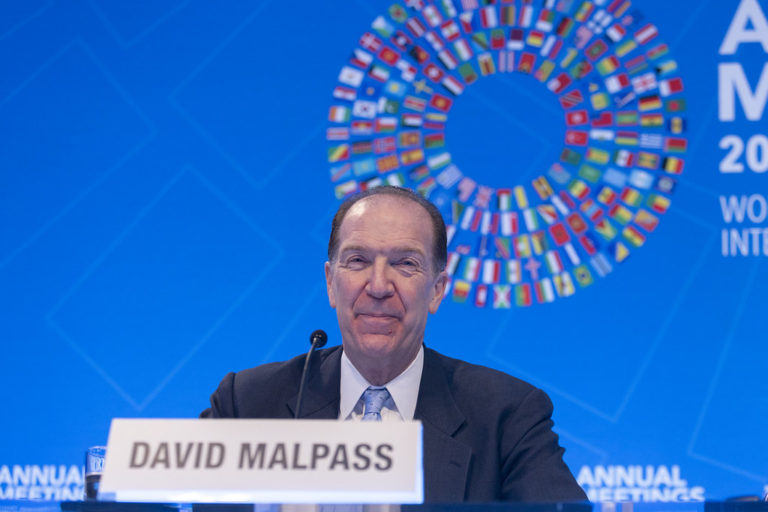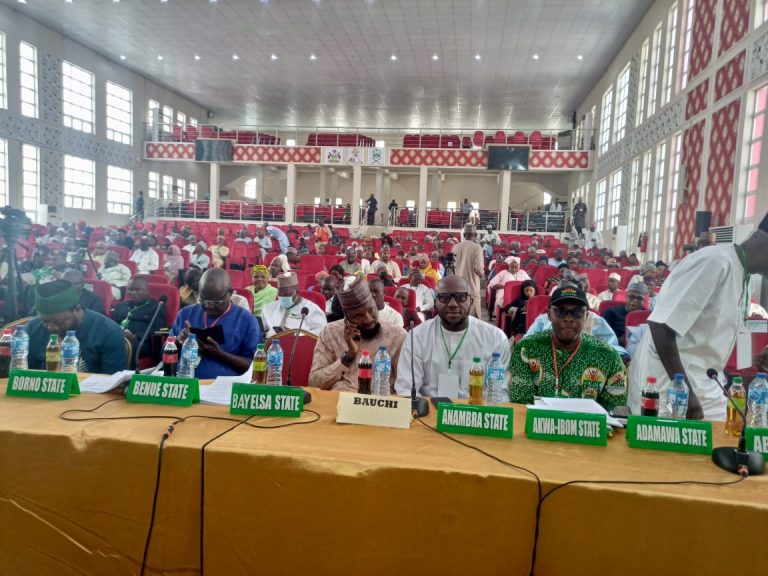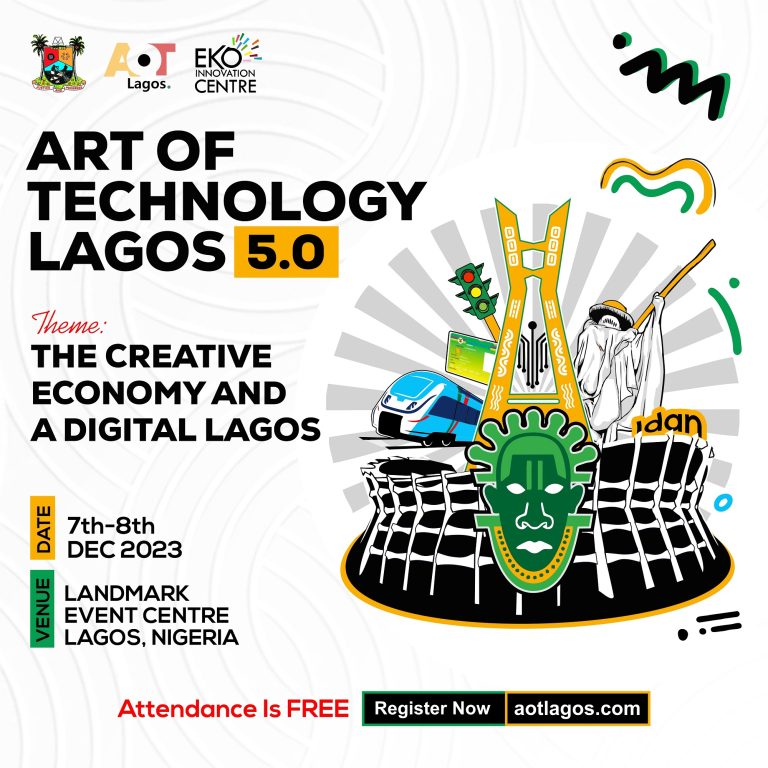Demystifying the concept of Product Playground for Product Designers

“As a product designer, you’re bound to hit creative roadblocks and face executive hurdles, turning what should be an exciting process into a daunting challenge that stalls your design potential.” – Precious Nnamani
Today, we spotlight Precious Nnamani’s journey from a budding designer to a seasoned professional who has successfully navigated the complexities of the design world. Precious is a versatile product designer with a rich portfolio that spans multiple industries, from tech startups to large-scale enterprises. Her work, known for its user-centered approach and innovative solutions, has impacted thousands of users across various platforms. By overcoming creative blocks and executive challenges, she has honed her craft and tagged a unique perspective on design, which she now shares through her concept of the “product playground.” This concept not only reflects her creative process but also serves as a guide for designers looking to break free from conventional constraints and unlock their full potential.
The pressure to deliver innovative solutions can lead to mental blockades, making it difficult to conjure new ideas. Normal as they are, situations of this nature can dampen team and individual morale. To ease these problems that arise, “Product playground” is introduced. Precious publicly published “Bistecca”, one of the projects that benefited from this concept on Behance, gaining over 250 appreciations and 2k+ views from designers across the world.
Product Playground: What is it?
We define product playground as a collaborative approach that fosters interaction, experimentation and innovation. It creates an environment where every team member is essential in the early stages of a project.”
It is not an approach confined to physicality so it can also be done virtually.” For junior designers, this process can help them deal with creative blocks. Through the usage of digital tools such as Google Jamboard, Google Docs, and Slack, design teams can bolster real-time collaboration and brainstorming. This approach fosters a creative workspace and encourages out-of-the box thinkers within the team”, Precious aptly states.
There are numerous benefits to Product Playground , according to Precious Nnamani. Some of them are as follows:
1. Idea generation and flow: Brainstorming sessions can result in a vast range of ideas for product features, designs, updates, and user experiences.
2. Prototype development: Team members can collaborate to develop prototypes, reiterative testing and fine-tuning ideas in real-time.
3. Prompt feedback and iteration: The practice of product playground allows immediate feedback which in turn allows for the implementation of corrective measures and refining if needed.
4. Cross-functional expertise or inter-skilled creation: It brings together differing perspectives and skills, to ensure a functionally complete product that considers varying aspects, such as design, product usability, and technical feasibility.
The practical evidence of product playground is in full effect across startups and tech companies. Precious Nnamani cites an example to further emphasise the usefulness of product playground; a small team of designers, developers, and product managers employed collaborative product playground to develop a new mobile app for tracking personal fitness goals. Applying the Google Jamboard, Google Docs, and Slack, they generated ideas, prioritized features, created prototypes, and refined the design in real-time. The result was a collaborative prototype, an itemised list of essential features, and a common understanding of the app’s objectives.
Placing emphasis on Product playground as an important part of the development process. Precious Nnamani also points out that it is a time for teams to come together, pre-test the product, and make improvements. During this stage, it is applied in the identification and fixing of bugs, creation of prototypes using tools like Figma, and refining of the user experience. This includes, but is not limited to, making sure the product’s language and branding are straightforward and consistent. By embracing constant collaboration and testing out different approaches, teams can create a product that meets the needs of users whilst simultaneously aligning with the company’s goals and visions. This leads to a high-quality final product that everyone can be proud to be a part of.
To create a session (In-Person and virtual) for product playground there are steps to be taken. These sessions are often majorly divided into two parts, namely ; pre-session and post-session
Pre-Session
1. Define objectives: Clearly state the goals and desired results you want to achieve from the session.
2. Choose participants: Invite relevant team members, stakeholders, and users (if possible) to ensure diverse perspectives.
3. Choose a facilitator: Appoint someone to lead the session, keep the discussion on track, and ensure everyone’s voice is heard.
4. Prepare materials: Gather necessary resources, such as product prototypes, sticky notes, whiteboards, or virtual collaboration tools.
In-Person Session
1. Welcome and introduction: shortly introduce the objectives, agenda, goals and expected outcomes.
2. Product demonstration/showcase: Showcase the product or prototype, highlighting the key features and functionalities so far.
3. Open discussion: Encourage participants to express thoughts, inquire, and provide feedback.
4. Breakout sessions: separate participants into smaller groups for smarter discussions and idea generation.
5. Reporting and consolidation: Gather feedback, ideas, and insights from each group and underpin them with contributive ideas.
Virtual sessions
1. Welcome and introduction: Utilise video conferencing tools to introduce the objectives, agenda, and expected outcomes.
2. Product demonstration: Share screens or use virtual whiteboards to showcase the product or prototype.
3. Virtual breakout rooms: Use virtual collaboration tools to create breakout rooms for focused discussions.
4. Real-time feedback and collaboration: Utilize tools like sticky notes, polls, or chat boxes for participants to share feedback and ideas.
5. Consolidation and summary: Gather feedback, ideas, and insights and summarize them for all participants.
Post-Session
1. Documentation: Record key takeaways, action items, and decisions.
2. Follow-up: Send a summary of the session to participants and stakeholders.
3. Action plan: Create a plan to address feedback, implement changes, and monitor progress.
Finally, the need to apply product playground in our companies and amongst our teams cannot be overemphasised. Conclusively, experience has shown that in the bid to create a lasting rapport and develop our collaborative skills, a supportive environment is needed. Product playground is the swiftest way to ensure that kind of environment comes into fruition. In Precious Nnamani’s words “Ideas build companies but sharing strengthens them”.







